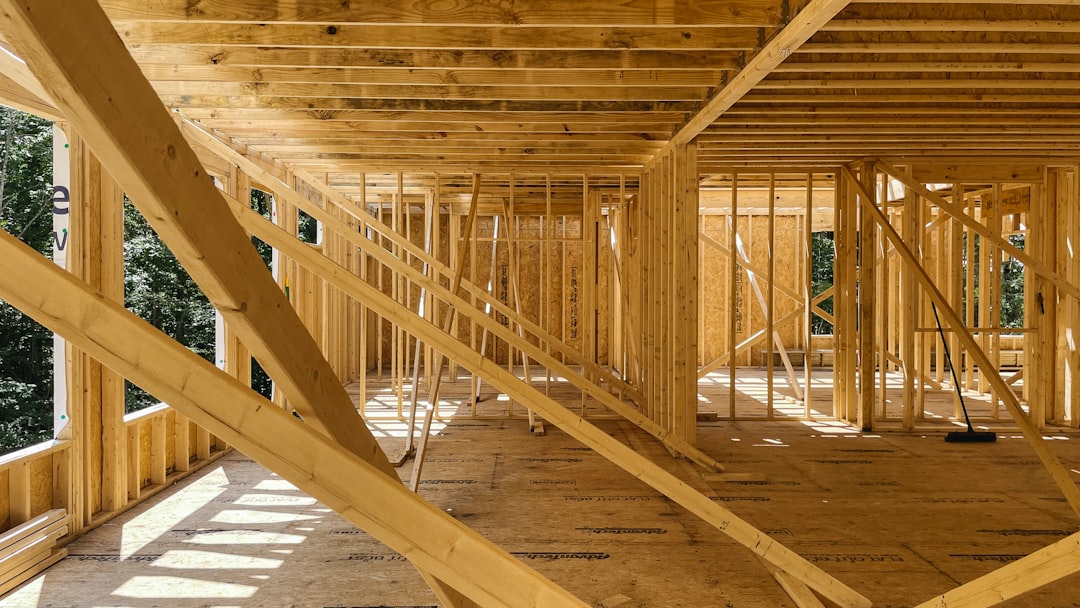Why Cellulose Insulation Installation Matters for Construction Professionals
In 2025, installation rates for cellulose insulation range from $1.20 to $2.00 per square foot, depending on regional factors and project specifics. As energy codes become more stringent and utility costs rise, construction professionals are increasingly turning to cellulose insulation for its superior performance. This material effectively seals wall and attic cavities with densely packed, fire-retardant fibers, significantly reducing air infiltration. By choosing cellulose, contractors can offer clients a quieter, more energy-efficient home environment.
Understanding Cellulose Insulation
Cellulose insulation is made from recycled newspaper treated with borate for fire, mold, and pest resistance. It is blown into attics or dense-packed into wall cavities, creating a seamless thermal barrier. Unlike fiberglass batts, cellulose flows around wiring and plumbing, eliminating thermal gaps that can compromise insulation performance.
Key Advantages for Construction Projects
- High R-value per inch compared to fiberglass batts
- Excellent sound dampening, ideal for home offices and media rooms
- Eco-friendly with over 80% recycled content
- Non-itch fibers for safer job sites
- Lower embodied energy than many foam products
The CountBricks Advantage
Traditional insulation quotes often rely on square-foot averages that can lead to waste. CountBricks eliminates guesswork with a voice-enabled mobile app that captures on-site dimensions. Our AI engine references regional material pricing to create precise cellulose insulation installation estimates in seconds. This data integrates seamlessly into project schedules, purchase orders, and invoices, ensuring complete transparency from start to finish.
Step-by-Step Cellulose Installation Workflow
- Scope Capture: Project managers use voice commands to record wall, ceiling, and attic areas.
- Instant Estimate: The app generates a detailed quote showing material volumes, labor hours, and any required prep work.
- Client Approval: Clients review the quote and e-sign within the portal.
- Material Procurement: Quantities sync with supplier price feeds to ensure current costs.
- On-Site Prep: Crews install netting or drill-and-fill access holes, protecting interiors with drop cloths.
- Blow-In Application: High-output machines deliver dense-pack cellulose, monitored in real time.
- Verification: Thermal imaging and depth rulers confirm proper coverage.
- Closeout & Invoice: Final data flows into an invoice that matches the approved quote.
Cost Factors to Consider
- Cavity Depth: Deeper walls require more material but may qualify for energy-efficiency rebates.
- Accessibility: Finished walls need drill-and-plug methods; new construction can be netted before drywall.
- Air Sealing Extras: Opportunities for gasketed boxes or attic baffles can boost ROI.
- Regional Pricing: Material and labor rates vary; our live database keeps numbers current for every ZIP code.
Quality Assurance and Safety
CountBricks crews are OSHA-trained and follow NAIMA guidelines for cellulose application. All borate treatments meet UL fire standards, and every bag's lot number is recorded for future reference.
Frequently Asked Questions
Does cellulose settle over time? Dense-pack techniques maintain density, so settling is minimal—typically less than 2%.
Can I add cellulose over existing fiberglass? Yes. We level out batts, add air baffles, and blow cellulose on top for a hybrid approach that often hits R-49 in a single pass.
Is cellulose messy? CountBricks uses sealed delivery hoses and negative-pressure vacuums; clean-up time averages under 20 minutes per zone.
Ready to Upgrade Your Thermal Envelope?
Visit CountBricks.com to schedule a free, on-site assessment. Our AI tools show real-time payback periods, so you can see exactly how fast cellulose insulation installation will start saving energy dollars.
CountBricks Case Spotlight: 2,800-Sq-Ft Craftsman Retrofit
When the Ramirez family purchased their 1990s craftsman, utility bills averaged $325 a month. CountBricks completed a whole-house cellulose retrofit in under three days, delivering measurable savings from the first billing cycle.
Project Highlights
- Scope: Dense-pack exterior walls, R-49 attic blow, attic stair air-seal kit
- Data Capture: 37 voice notes and one smartphone scan fed directly into the CountBricks estimator, producing a 14-line quote in under five minutes
- Material Efficiency: AI optimization reduced bag count by 7% compared to manual takeoff, saving the client $420
- Post-Install Infrared Scan: Surface temperature variance dropped from 11 °F to 3 °F
- Result: 28% reduction in monthly HVAC runtime, verified through the homeowner's smart thermostat report
Lessons for Your Next Project
- Early Data Wins: Capturing precise cavity volumes before demolition prevents costly over-ordering.
- Combine Measures: Pairing cellulose with targeted air sealing multiplies energy savings without multiplying labor hours.
- Document Everything: The CountBricks platform stores photos, warranty data, and sensor readings, creating a digital twin that reassures homeowners and speeds future renovations.
Pro Tips from the Field
- Keep hoses warm in winter to maintain optimal cellulose flow rates.
- Calibrate blower settings each morning; just 0.5 PSI variance can cause under-packed cavities.
- Offer attic decking as an upsell—homeowners love safe storage space and it simplifies future service calls.
From starter homes to custom builds, CountBricks streamlines cellulose insulation installation with technology that saves time, material, and money. See more success stories at CountBricks.com or book your own assessment.

